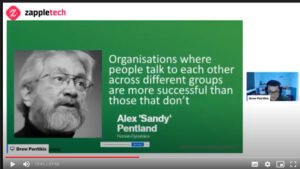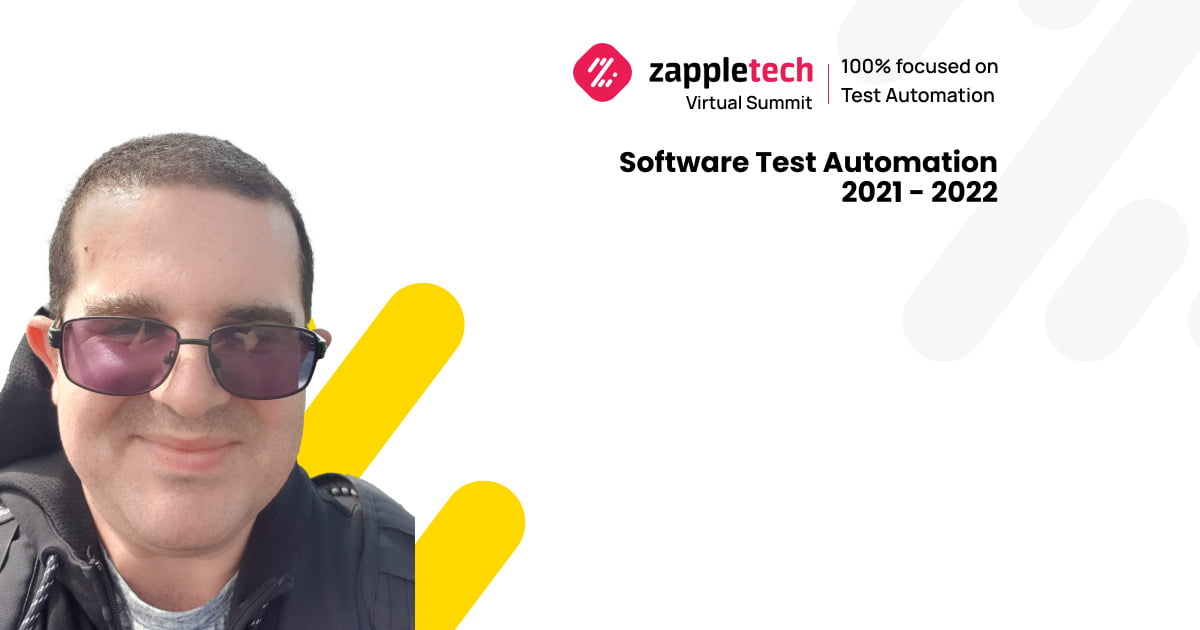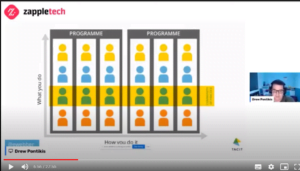Drew Pontikis, a tester with 10 years of experience, spoke about the benefits of active communities, their role in supporting teams and individual developers, the added value of teams due to their implementation, and their impact on test automation.
Active Communities: what they are and why they were created
At the beginning of their career, many testers work in a small team of the same testers. Together they learn, develop and focus on one common task – software testing. But from the point of view of business and the client, this is far from an ideal model. Because all participants in the process are focused on their individual tasks and not on creating the highest quality product as a whole.
Noticing this, the company’s management, as a rule, decides to use Agile methodology and switch to a different work model. At this stage, teams are created that include different specialists – a business analyst, a developer, a tester, and an automator. Such work also has its minus – when one of the team members leaves it for some reason, no one can replace him.
To solve this problem, “programs” are created i.e., teams working on similar tasks are grouped and work together. This model is also not ideal – each program begins to develop its own way of solving; as a result, the company gets a lot of solutions to the same problem and an unoptimized approach to work.
In the end, companies come to the need to create active communities. They cover all teams and programs, bring together like-minded people from the same industry, and help to solve tasks together.
The value of active communities
All the knowledge the teams have divides into:
- explicit – information about configuration of the product, code standards for automated editable test code;
- implicit – how to work with complex code, various workarounds, which sometimes take a whole sprint to find, and so on.

Active communities help deal with implicit knowledge through shared learning and support. As part of such a community, you participate in:
- Learning – gaining new information, mastering skills and abilities. This may be viewing presentations, discussing new ideas, peer learning, visiting other companies.
- Sharing and critiquing – discussing tasks and getting feedback. One of the possible meeting formats is Lean coffee.
- Creating Best Practices – working together to find solutions for the community. It is the solution to common problems, the creation of training materials, the definition of common goals for the community, the formation of small working groups.
- Community maturing – review and improvement of the community. At this stage, work in progress is carried out, retrospectives are held, and marketing activities are carried out.
- Social events, the purpose of which is to get to know each other better. It refers to various corporate events.
Together we can achieve success faster!





